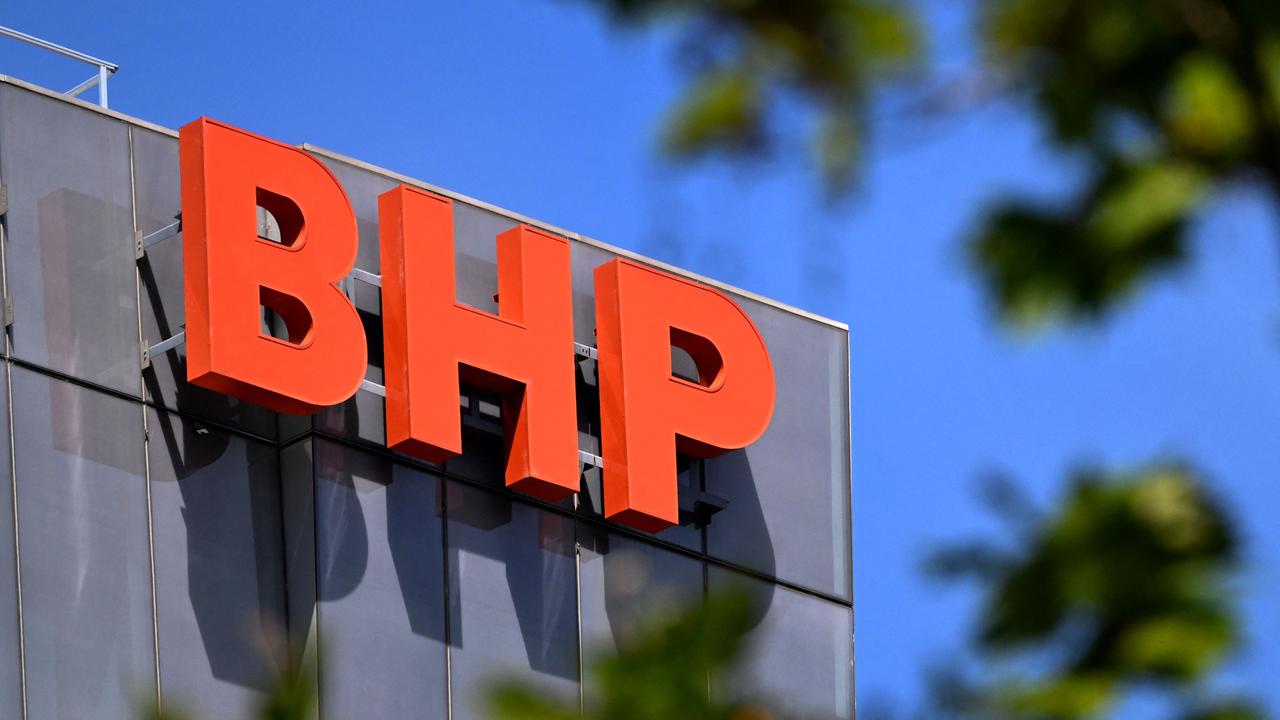Incitec Pivot, Shell clash over cost of gas on east coast
The battle for cheaper gas on the east coast has escalated after Incitec Pivot warned high prices would stunt economic recovery.

The battle for cheaper gas on the east coast has escalated after the nation’s biggest user warned high prices would stunt a post COVID-19 economic recovery while energy producer Shell said it may take a decade for the market to significantly lower prices.
The National COVID-19 Co-ordination Commission, chaired by former Dow Chemicals boss Andrew Liveris, recommended the federal government take immediate action to create an gas market that could deliver globally competitive results similar to the US with gas available at just $4 a gigajoule, more than half current levels, to boost manufacturing. It called for the government to underwrite parts of the industry, ease regulatory hurdles and take stakes in pipelines.
Australia’s largest commercial gas user, fertiliser and explosives maker Incitec Pivot, said while Australia had become the largest LNG exporter in the world it needed to balance its trade ambitions with the needs of local consumers. “Since 2009, Australia grew its exports of gas to the world and in the process increased total domestic gas production three-fold. Despite this increase in production, the cost to east coast consumers jumped by 300-400 per cent,” Incitec Pivot chief executive Jeanne Johns writes in The Australian today.
“The business I lead manufactures on both sides of the Pacific, and we have consistently paid three to four times more for gas in Australia than we pay in America, at a time when Australia was sending 80 per cent of its gas offshore. These higher wholesale gas prices create an added cost that is felt across our economy and will stunt the recovery from COVID-19.”
Ms Johns says it’s time for the government to act on energy prices to stimulate business and grow jobs as the economy emerges from the pandemic.
“One powerful lever is reducing the cost of natural gas to east coast consumers. Reducing gas prices would provide a much-needed boost to manufacturers, while also significantly reducing every day costs for Australian households,” Ms Johns says.
“If Australia wants to create more jobs in gas dependent industries, we must address uncompetitive gas prices by implementing policies that reverse the damage of the last decade.”
Shell, one of Australia’s biggest gas producers, said manufacturers needed to be realistic about calls for cheap gas.
Prices were higher than historical levels of $3-$4 a gigajoule due to declining supplies from legacy fields, such as Victoria’s Bass Strait, rather than LNG exports.
“Our planning for the future must be based in reality,” Shell Australia chairman Tony Nunan said. “Today’s gas supply simply costs more to get out of the ground and bring to customers — not because of LNG exports, but because of the decline of Australia’s historically low-cost conventional gas resources.”
Shell said it could be 2030 before ample supplies and lower prices were in place for big users.
“We support work that increases supply of gas to the east coast market and reduces the cost of developing those resources. But realistically it could take up to a decade to deliver the benefits we all want to see,” Mr Nunan said. Manufacturers and heavy industry also needed to look at their own operations and consider proximity to supply.
“The lowest-cost gas for manufacturing will be available in states such as Queensland and Western Australia that have supported the development of the gas industry. Manufacturers who have their operations close to supply, like in Queensland, will be the ones that enjoy cost advantages,” Mr Nunan said. “That also means ensuring industrial users operate as efficiently as possible, because ever cheaper energy alone will not overcome every obstacle to competitive manufacturing in Australia.”
The COVID-19 report was unlikely to lower prices, Credit Suisse said. “We see it as little more than a rushed together aspirational document with little new ideas or policy rigour behind it, to placate some stakeholders into supporting the government’s post COVID-19 agenda,” Credit Suisse analyst Saul Kavonic said.
“The simple reality we see is, for as long as global LNG prices are low, we will see lower domestic gas prices on the east coast and when LNG prices rise then domestic gas prices will shoot up again. It’s that simple and nothing in the NCCC report will change that.”
Wholesale spot gas prices on the east coast hit a four-year low in the first quarter of 2020, declining 24 per cent to $5.63 a gigajoule and down 42 per cent from a year earlier.




To join the conversation, please log in. Don't have an account? Register
Join the conversation, you are commenting as Logout